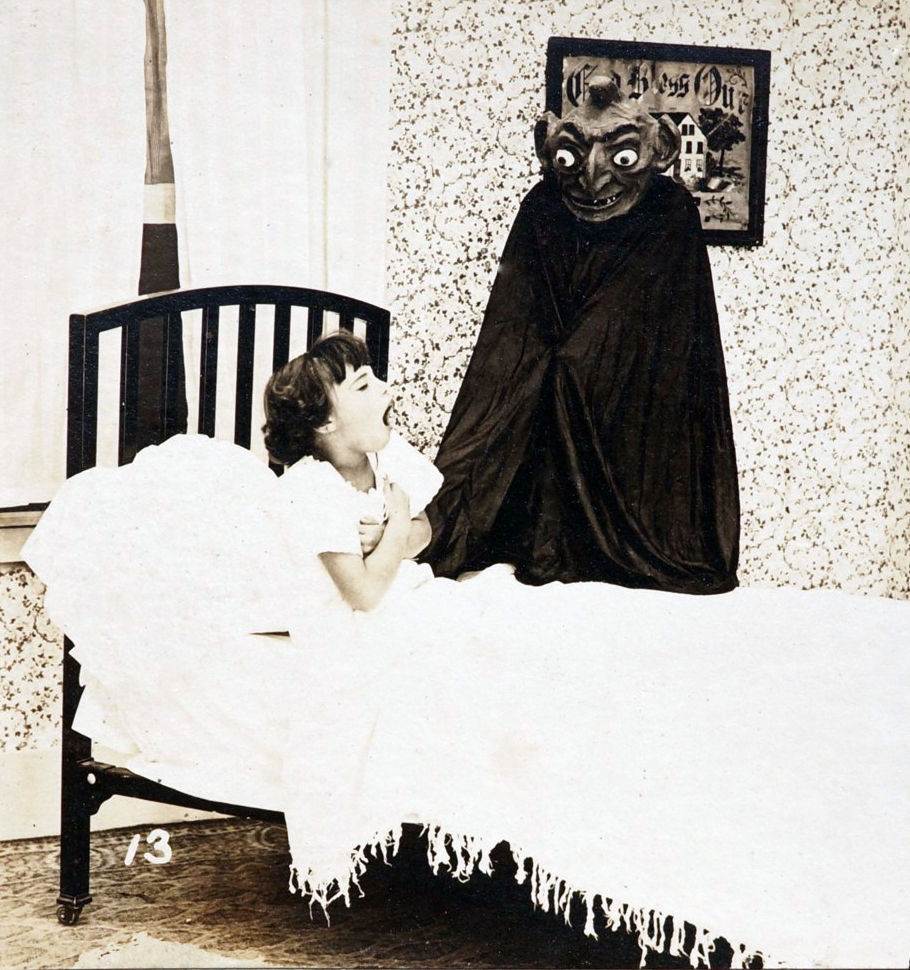A Lycanthropy Reader: Werewolves in Western Culture
Edited by Charlotte Otten
“Our understanding of lycanthropy is limited by our association of it with contemporary portrayals of werewolves in horror films and gothic literature. No rational person today believes that a human being can literally be metamorphosed into a wolf, therefore, in the absence of an historical context, the study of werewolves can appear to be a wayward pursuit of the perversely irrational and the sensational. This reader provides the historical context. Drawing on primary sources, it is a comprehensive survey of all aspects of lycanthropy, with a focus on the medieval and Renaissance periods.”
Publisher: Syracuse University
Paperback: 337 pages


